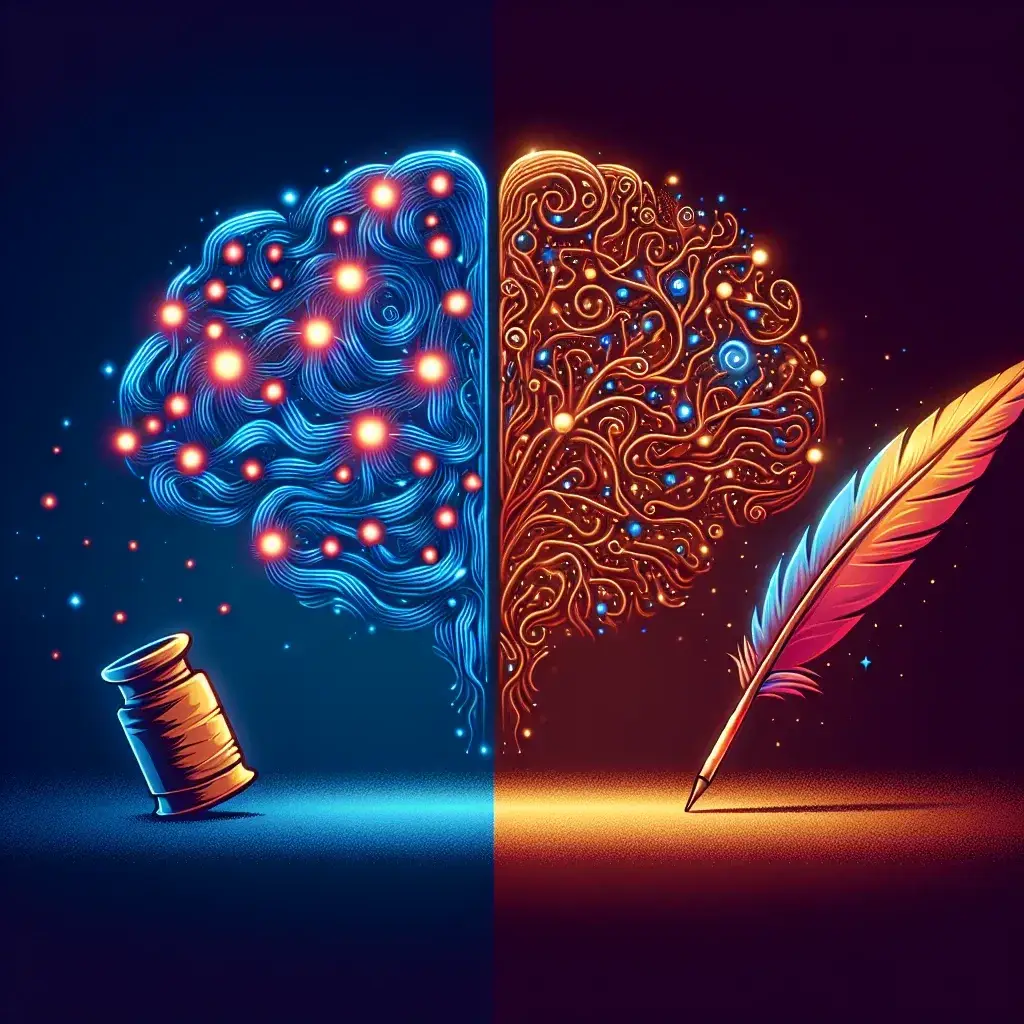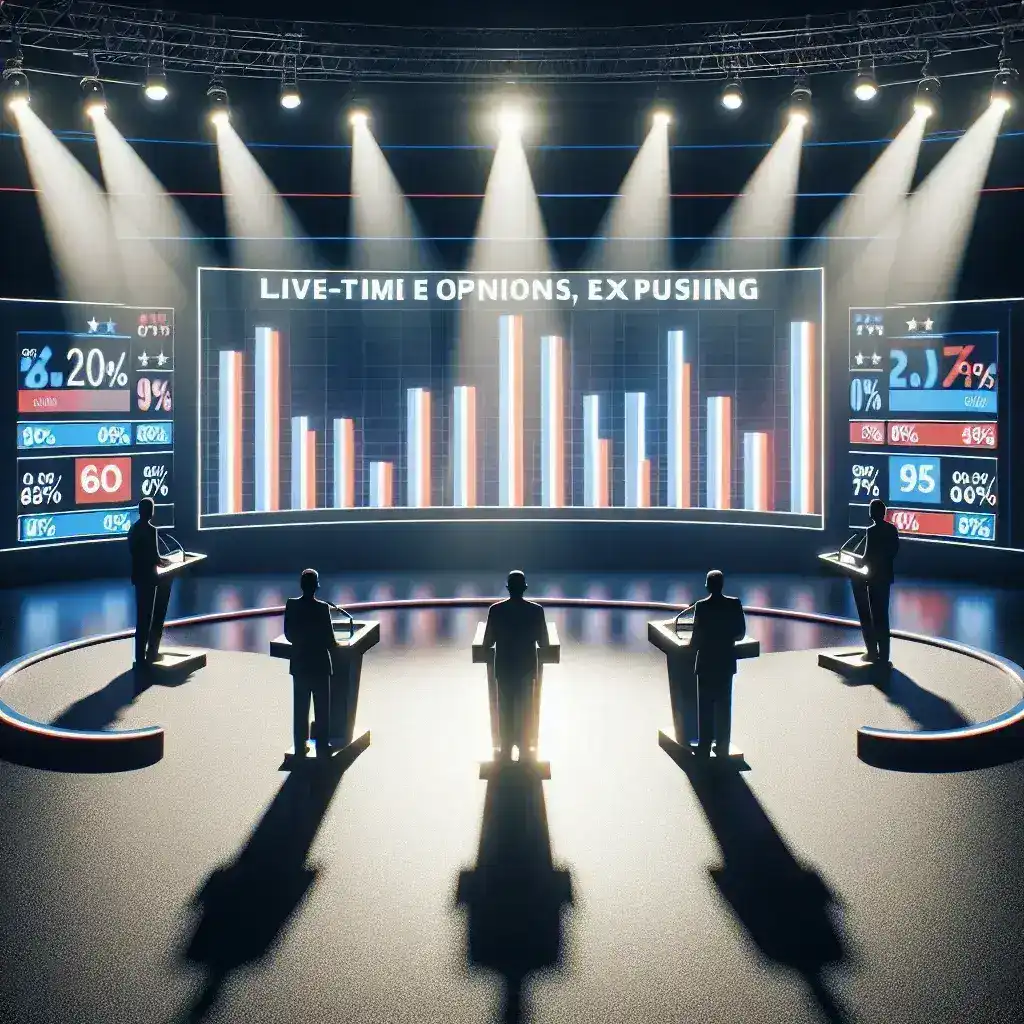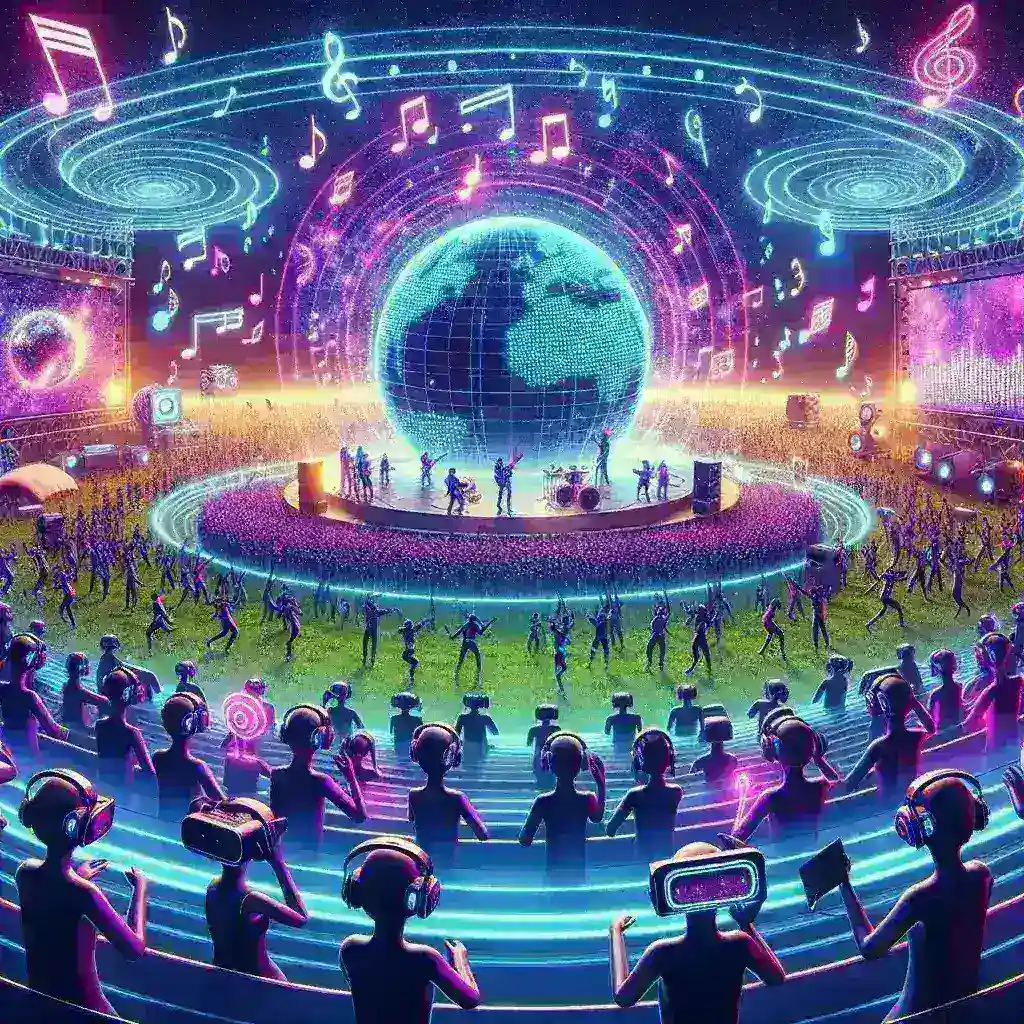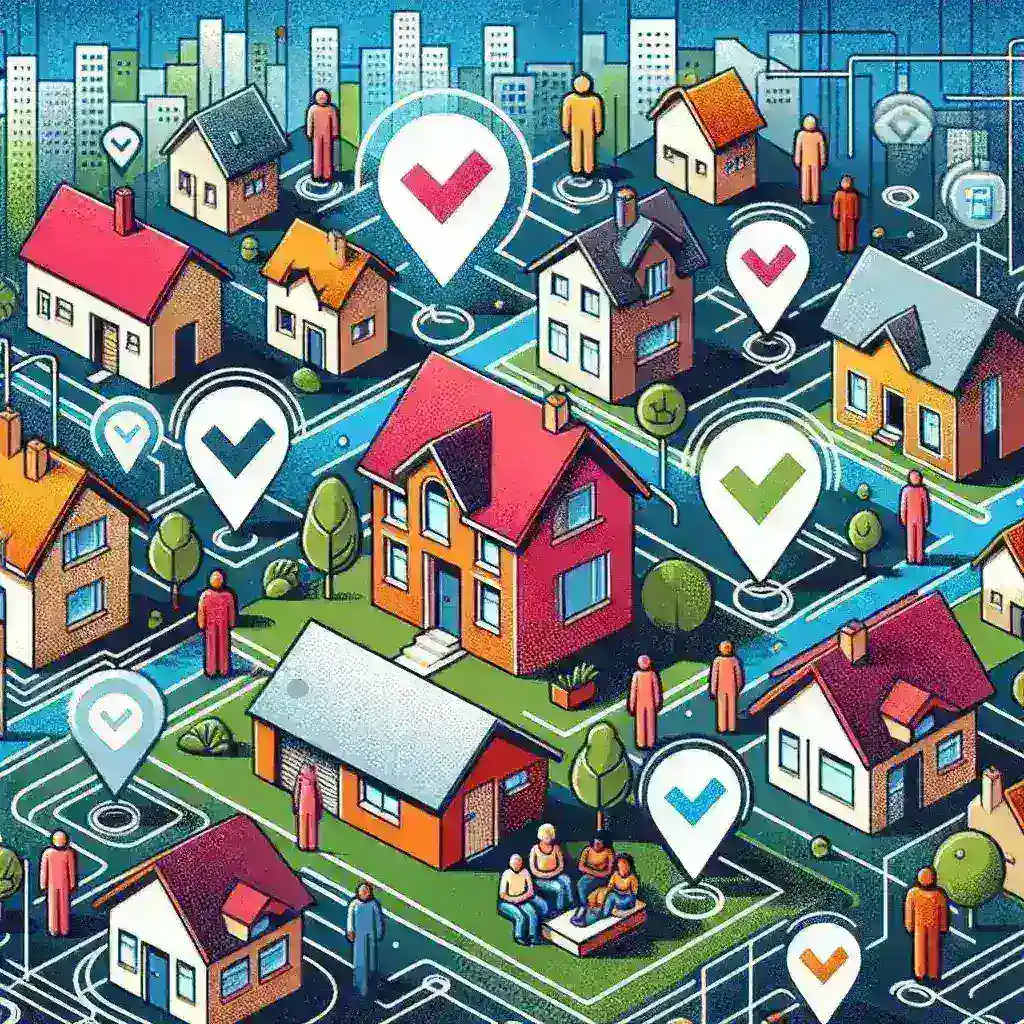Introduction
In the realm of artificial intelligence, the race to achieve human-like capabilities has long been a dream and, as of late, a reality. Google’s Gemini 2.0 has made headlines by reaching a significant milestone: achieving human parity in creative writing evaluation. This breakthrough signifies a shift in how we perceive AI’s role in creative endeavors, opening up a myriad of possibilities for writers, marketers, educators, and beyond. In this article, we will explore the implications of Gemini 2.0’s capabilities, its historical context, and its potential future impact.
The Evolution of AI in Creative Writing
The journey of AI in creative writing has been marked by several pivotal developments. Traditionally, AI was limited to basic text generation and simple content creation. However, advancements in natural language processing (NLP) and machine learning have enabled AIs to produce increasingly sophisticated and nuanced texts.
Historical Context
From early rule-based systems that could only mimic human writing to the advent of deep learning models, the evolution has been rapid. With the introduction of models like GPT-3 and, more recently, Gemini 2.0, the capabilities of AI have expanded significantly. These models are trained on vast datasets, allowing them to understand context, tone, and even the intricacies of human emotion in writing.
Gemini 2.0: A Game Changer
Gemini 2.0 stands apart from its predecessors by not only generating text but also evaluating it against human standards. This evaluation process involves assessing grammar, style, creativity, and emotional resonance, enabling it to judge creative writing more effectively than any previous AI.
Key Features of Gemini 2.0
- Advanced NLP Algorithms: Utilizing state-of-the-art NLP techniques, Gemini 2.0 can parse complex texts and comprehend subtleties.
- Contextual Understanding: This AI considers the context in which writing occurs, allowing for more accurate evaluations.
- Creativity Assessment: Unlike earlier models, Gemini 2.0 can evaluate the creativity of the writing, offering insights into originality and engagement.
- Feedback Mechanism: The system provides constructive feedback, helping writers improve their craft.
Implications of Achieving Human Parity
The attainment of human parity in creative writing evaluation has profound implications across various sectors. Whether in education, marketing, or entertainment, the potential applications are vast.
In Education
Educators can leverage Gemini 2.0 for personalized feedback for students, helping them hone their writing skills. The AI can evaluate essays and creative pieces, providing insights that can guide students toward improvement.
In Marketing
For marketers, Gemini 2.0 can assist in crafting compelling ad copy or social media posts by evaluating the creativity and effectiveness of various options. This enables brands to engage audiences more effectively.
In Entertainment
Writers in the entertainment industry can utilize Gemini 2.0 to brainstorm ideas, refine scripts, or even create entire story arcs. The AI’s ability to evaluate creativity opens up new avenues for storytelling.
Challenges and Considerations
Despite its advancements, the use of Gemini 2.0 is not without challenges. The evaluation of creative writing is inherently subjective, and there are concerns about an over-reliance on AI. As we integrate AI into creative processes, it is crucial to maintain a balance, valuing human creativity alongside AI capabilities.
The Ethical Dilemma
One of the most pressing ethical considerations is the originality of AI-generated content. As AI becomes more proficient in creative writing, questions arise about authorship and intellectual property. It is essential to establish guidelines to navigate these complexities.
Maintaining the Human Touch
While Gemini 2.0 can assess and generate text with remarkable accuracy, the human touch remains irreplaceable. The nuances of human experience, emotion, and cultural context can be challenging for AI to fully grasp. Writers must ensure that their unique voices are not lost in the process of AI integration.
Future Predictions
As Gemini 2.0 continues to evolve, the future of creative writing will undoubtedly change. We may see increasing collaboration between human writers and AI, where the strengths of both can be leveraged for richer creative outputs.
Integration into Creative Workflows
In the coming years, we can expect to see Gemini 2.0 integrated into various creative workflows. From assisting novelists with plot development to providing real-time feedback for content creators, the possibilities are endless.
Evolving AI Ethics
The ethical landscape surrounding AI will also evolve. Discussions on transparency, accountability, and the role of AI in creativity will become more prominent as the technology advances.
Conclusion
Google’s Gemini 2.0 represents a significant leap forward in the evaluation of creative writing. By achieving human parity, it challenges our perceptions of AI’s role in creativity while offering valuable tools for writers and creators across various industries. As we navigate this landscape, it is crucial to approach AI with a balance of enthusiasm and caution, ensuring that the essence of human creativity remains at the forefront of all endeavors.




